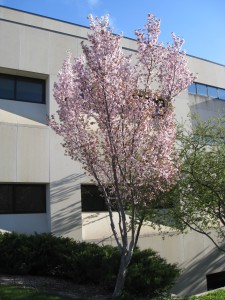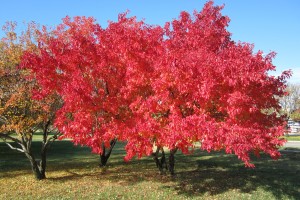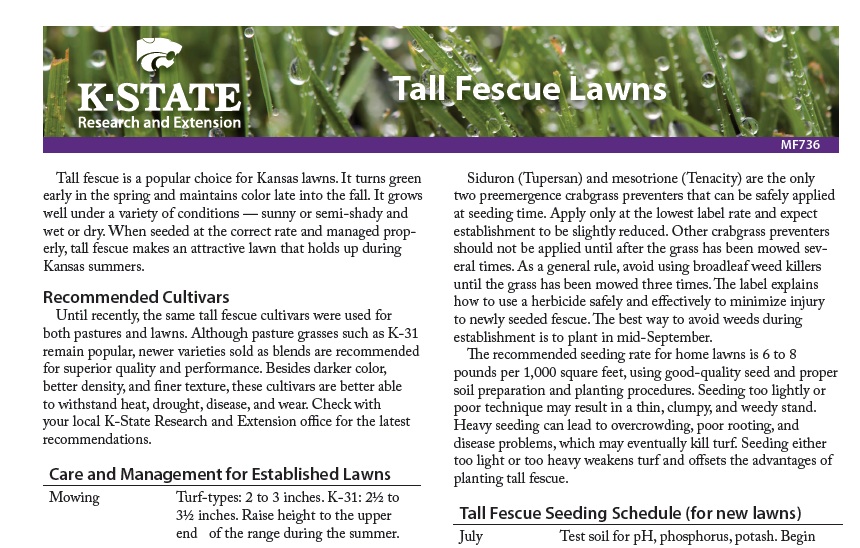By: Brooke Garcia
A new resource has been created by the IPM Team at Kansas State University to improve the implementation of IPM strategies in an informative and engaging way. Integrated Pest Management (IPM) is an effective and environmentally friendly approach to pest control. It utilizes a combination of control tactics to prevent or manage pests. This card deck provides a visual representation of cultural, biological, mechanical, and chemical controls used in IPM. The IPM controls are represented through each of the suits, which in turn helps to differentiate and define the IPM principles.

Pictured above, authors Frannie Miller and Brooke Garcia hold the Integrated Pest Management Playing Cards.
The four control measures are:
- Biological Control
- Physical/Mechanical Control
- Cultural Control
- Chemical Control
Biological control is the use of introduced beneficial insects and organisms (natural enemies) to help reduce pest populations. Examples of biological control agents include predators, parasitoids, pathogens and competitors.
Physical and mechanical controls are directly responsible for removing or killing a pest, physically blocking a pest, or making the environment unsuitable for survival. These types of controls are rapid, effective, and have relatively little impact on natural enemies.
Cultural controls focus on altering the environment to make it less suitable for pests. This is used as a prevention strategy to reduce pest establishment, reproduction, dispersal, and the survival of pests. The goal is to maintain healthy plants and animals.
Chemical controls may be considered when other management tactics have not achieved adequate control. Pesticides are used to destroy, repel, or otherwise reduce pest infestations. Examples include herbicides, insecticides, and fungicides. All all readily available and easy to use.
To purchase a card deck, email Brooke Garcia (bmstiffl@ksu.edu) to process your order.




